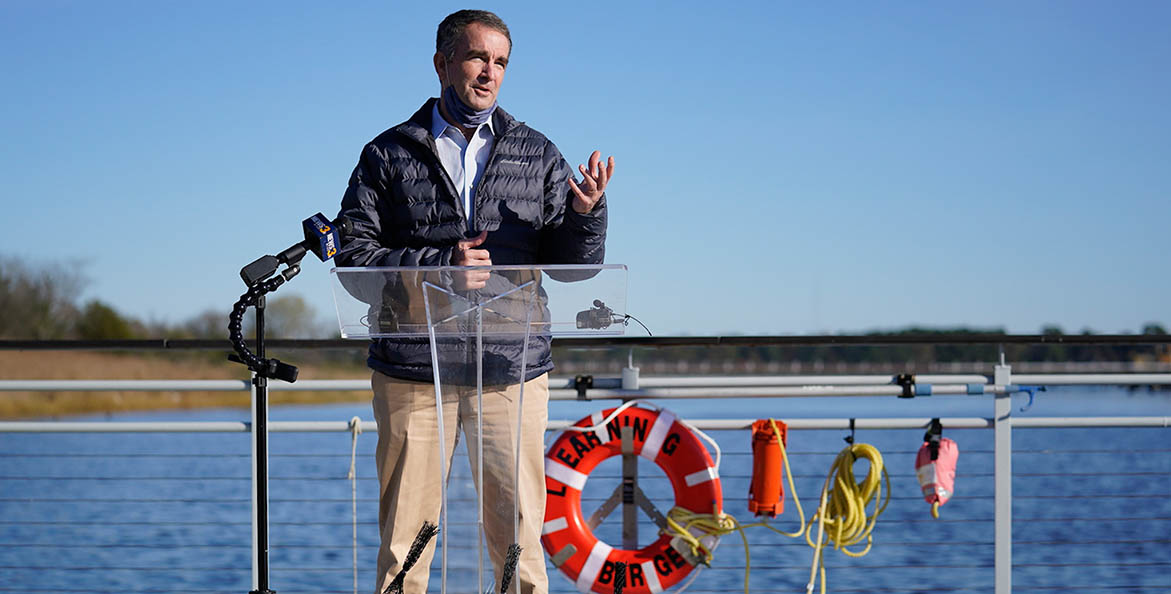In Hampton Roads the Eastern Branch of the Elizabeth River is sometimes called the “lost branch.” Stretching for nine miles through heavily industrial areas and suburban neighborhoods, it has earned the dubious distinction of being one of the most polluted arms of the Elizabeth River, according to the Elizabeth River Project (ERP).
But that is starting to turn around thanks to a concerted effort in recent years by the community, local partners, and state and federal government support. In 2014, ERP developed the Eastern Branch Environmental Restoration Strategy with the help of many partners. CBF saw this planning process lay the groundwork for the river’s restoration.
Things are looking even better with the recent news that the Eastern Branch is now the second river in Virginia to meet oyster habitat restoration goals. While the 2014 Chesapeake Bay Watershed Agreement originally targeted five Virginia tributaries for oyster restoration, Bay fisheries leaders more recently saw promise in the Eastern Branch, declaring it the sixth Virginia tributary targeted for oyster restoration 2020.
The Eastern Branch reached its restoration goals last fall thanks to the Virginia Marine Resources Commission’s construction of 21 new acres of oyster habitat in the tributary in 2020. The effort was funded by a settlement with Atlantic Wood Industries to address the damage of its Superfund site along the river. Additionally, in recent years ERP has built several acres of new oyster reef on the Eastern Branch, and CBF seeded one of these new reefs with 1.3 million spat-on-shell oysters.
Far from being lost, the Eastern Branch is now a “bonus” tributary that will bring oyster restoration above and beyond previous goals. These efforts nicely complement work on the nearby Lafayette River, another arm of the Elizabeth that in 2018 became the first river in Virginia to meet restoration goals for oyster habitat.
This year, CBF is focusing on continuing oyster restoration in the Lynnhaven River in Virginia Beach, with plans to establish 27 acres of new oyster reef with partner Lynnhaven River NOW thanks to generous grants from the National Fish and Wildlife Foundation. This will be the first major project for CBF’s innovative new oyster restoration barge, currently anchored on the Lynnhaven at the Brock Environmental Center.




